
Sustaining a Movement for the Next 10 Years: The Pathways to Prosperity Coalition
April 25, 2023
At a Glance
Our collective work adds up to one ambitious goal: equal distribution of opportunity, with access to it not left to chance
The Pathways to Prosperity (PtoP) Network is 10 years old and has been instrumental in catalyzing and building the national college and career pathways movement. Today, state and local leaders and policymakers from K-12 and postsecondary education, intermediary organizations, business and industry, and workforce and economic development are collaborating to scale high-quality pathways. Together, we are transforming education-to-career systems, partnering with businesses to open doors to good jobs with career ladders, and providing rich choices to our nation’s young adults. Although our approaches vary, we share a vision and see college and career pathways as the route to realizing it. Collectively, our work adds up to one ambitious goal: equal distribution of opportunity, with access to it not left to chance or magical thinking.
We are celebrating, of course, but we’re not declaring victory and sending up the balloons just yet. We’ve learned enough to know there’s more hard work ahead, and we need a broad coalition to do it.
That’s why we are excited to continue our work with members of the PtoP Network while building an even broader Pathways to Prosperity Coalition. Our aim is to expand opportunities for committed leaders, practitioners, policymakers, and innovative organizations to be better connected to our collective work and the national conversation about how we can reimagine education systems and create new opportunities for our youth over the next 10 years.
Looking Back on 10 Years of the Pathways to Prosperity Network
Since 2012, JFF has connected and supported national pathways leaders through our PtoP Network. We have:
- Facilitated regular meetings of key state and regional leaders of college and career pathways initiatives
- Led a twice-a-year rhythm of collaborative institutes with content provided by Network members
- Provided long-term strategic advising and technical support around five pathways levers to cross-sector teams in each member state or region
- Published influential and reader-friendly blogs, briefs, and research studies, as well as tools and guides to aid practitioners and policymakers, including:
Above all, our team at JFF has sought to approach this work in a spirit of partnership and with a sense of humility. We know we don’t have all the answers and have valued the willingness of PtoP Network members to step into this complex and often ambiguous work to experiment and be our partners and collaborators in finding answers and creating new strategies in response to tough challenges.
Looking back, the PtoP Network has had a positive impact on young people and communities and has played a significant role in building a movement. We are proud of what we—members of the PtoP Network and JFF—have collectively accomplished, and we are excited to continue this work in the years to come.
What’s the Problem We’re Addressing?
Top labor market researchers predict that by 2027, 70 percent of jobs will require postsecondary education and training, while analysis of online job postings shows that many of the fastest-growing jobs will require a bachelor’s degree by 2026. Yet, despite massive public and private efforts to increase college completion, access remains uneven, too few young people attain credentials of value, and many who enroll in postsecondary education do not finish and take on hard-to-pay-off debt, further perpetuating economic inequity.
The need for postsecondary education is a truism: to get along in life, almost every young person needs a postsecondary credential and work experience to start a career. But our systems do not account for the reality that it is developmentally appropriate for 16- and 17-year-olds to test themselves in the adult world, explore their career interests, gain paid work experience, and start postsecondary learning with a purpose and hope for the future. Young people know this and are speaking out about the need for change.
For 10 years, the pathways movement has worked to address this complex problem. Still, the problem persists. We need to make more progress, more quickly, on old problems—and create solutions to the challenges that have come into sharper focus over the past 10 years.
The biggest structural barrier to increasing postsecondary completion rates and career success is the enduring and seemingly intractable disconnect between our high school, higher education, and workforce systems. College and career pathways approaches are a major step forward and have been effective at improving outcomes for youth. But as we build pathways programs, we are up against exactly the problem that pathways are trying to solve: integrating systems that could not be designed more perfectly not to work together. We explore this line of thinking in The Big Blur, making the argument that it’s time to stop tinkering and make a real pass at creating transformative policies and reimagining our education-to-career systems.
Tackling systemic inequity in education and workforce systems requires us to create systems-level solutions and center equity in all that we do. In the early days of the pathways movement, we worried that our proposed strategies would be seen as a return to the days of vocational education and tracking that created and perpetuated inequities. Our intent was to build pathways that would serve all students, whatever their education and career aspirations. But this focus on all students sometimes led to inadequate attention to the persistent inequities in our education system and labor market.
As we look to the next 10 years, we are committed to clearly identifying, calling out, and addressing those inequities. Our strategies have evolved over the past decade to tackle issues like the development of professional social capital and the ways in which our understanding of skills is socially constructed. We must continue to learn, reconsider our approaches, and develop new strategies that build truly equitable education-to-career systems.
We are excited by the growth of the pathways movement. In multiple networks, informal groupings, and individual partnerships in all corners of the United States, actors are at work creating pathways for youth that lead to more widespread economic prosperity. But the field can be fragmented. Many state and regional leaders remain isolated and are working to build pathways with little support and few ways to tap into lessons learned by others—or share their own. Other pathways leaders find their time and resources stretched by invitations, including from JFF, to participate in multiple, concurrent initiatives. By building a PtoP Coalition, we hope to provide a streamlined avenue for connection and engagement, one that does not create unnecessary barriers to entry.
Why a Coalition?
A coalition is a group of people who join together for a common cause. Members of a coalition (origin, coalatio, to grow together) share high-level goals and frameworks. They are aligned, although they may have different on-the-ground approaches. Coalitions create change because together members’ voices are amplified beyond what each could achieve alone.
Why today?
- There is a wide gap between the number of open jobs and the number of people looking for and able to work.
- Companies are hungry for workers, more willing to train, and paying attention to the diversity of their labor forces, including young people in the talent pipeline.
- Young people are eager to enter the world of work to tame their uncertainty about the future.
- In the longer term, sustainable systems of pathways will help both learners and workers be resilient in the face of business cycle dynamics, economic shocks, and changes in the world of work.
The power of a coalition
- A louder voice with many robust pathways initiatives working together
- Multiple and flexible ways to engage
- A refreshed approach to tackle problems discovered over the past 10 years
- Activation of multiple sectors and points of view
- Curiosity, learning, and innovation at scale
What a coalition can achieve
Our vision is to address fragmentation in the pathways landscape and create a network of networks of cross-sector systems of college and career pathways that are high quality, responsive to labor market needs, equitable in composition, and accessible to all students. In the next 10 years, we will provoke the field to catalyze systems-level change—the only way to truly center equity over the long term.
The PtoP framework and its five levers for pathways implementation have long been the foundation of our work and will guide the coalition. No one lever is a silver bullet to solve the complex challenges in the pathways field, nor is there a one-size-fits-all approach to implementing the levers. They have proved durable, however, because they focus on strategies that acknowledge that place and context matter in the design of any solution.
5 Key Levers for Successful Pathways
Over the past 10 years, PtoP Network members have developed innovative strategies that have driven substantial progress on the levers. Their work, in turn, has shaped other initiatives—such as the Great Lakes College and Career Pathways Partnership, Building Equitable Pathways, Lone Star STEM, Tennessee SySTEM, and the Increasing College Access Network—that have advanced the field. The following are examples drawn from members’ best practices.
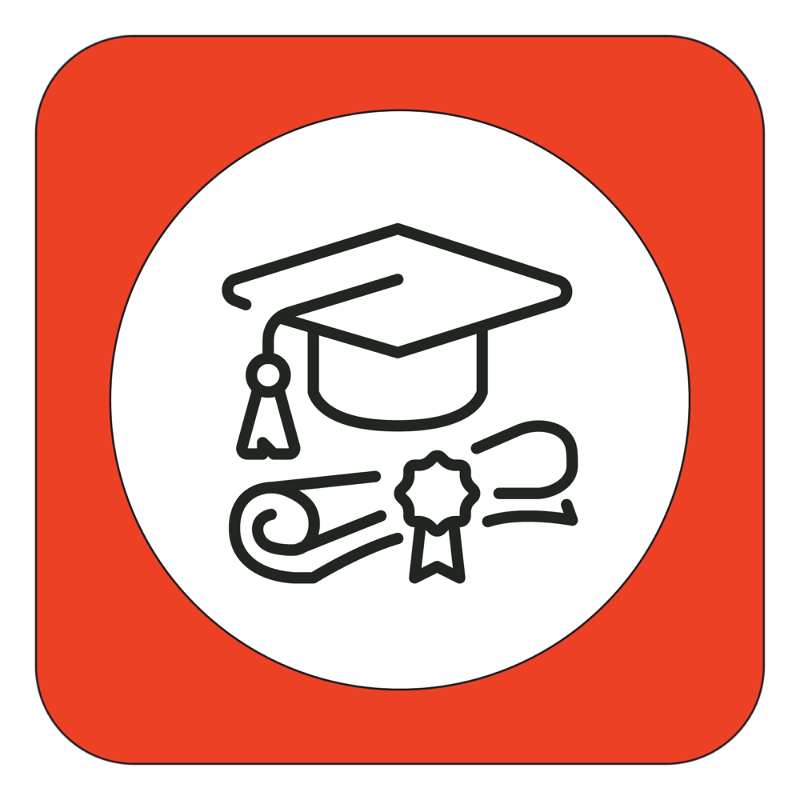
Secondary-Postsecondary Integration
Secondary-postsecondary integration erases boundaries between K-12 and postsecondary institutions and systems. Aligning curricula, credits, funding, policies, and practices enables more students to advance seamlessly from K-12 to and through higher education.
- Mapping pathways: Dayton, Ohio, has built a coalition of educators and employers to map pathways in multiple industries, and Illinois has developed state-level model program of study guides across industry sectors.
- Creating new models and refining old ones: Massachusetts launched a network of early college high schools; Minnesota has built career academies that center equity in design; Tennessee is funding innovative school models; and Texas has scaled college and career readiness school models that include early college and P-TECH.
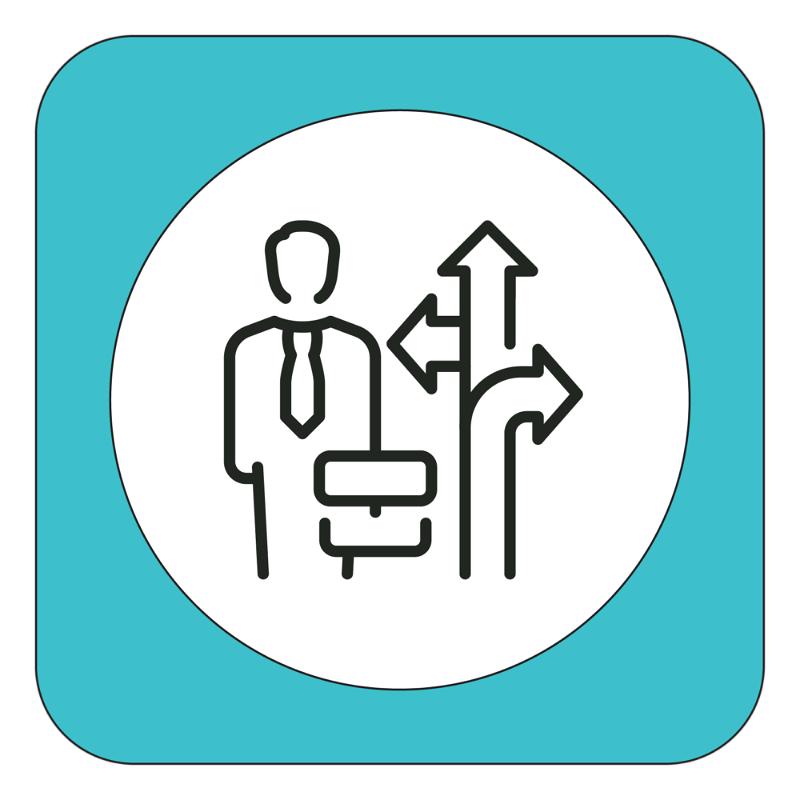
Career Navigation Systems
Career navigation systems help students make informed, financially sound, and sustainable education and career choices. They guide students to understand their interests, the related career opportunities available, and the skills, education, and training required to pursue those careers.
- Expanding access to career exploration: Arizona and New York City are implementing Possible Futures to support career exploration beginning in the middle grades.
- Creating frameworks and quality standards: Arizona has developed a co-advising framework to create seamless career navigation systems across secondary and postsecondary, and Hawai’i has created a College, Career, and Community Readiness Expectations Guide.
- Supporting educators: Arizona and Missouri have developed robust teacher externship programs to support educators in connecting classroom learning and careers.
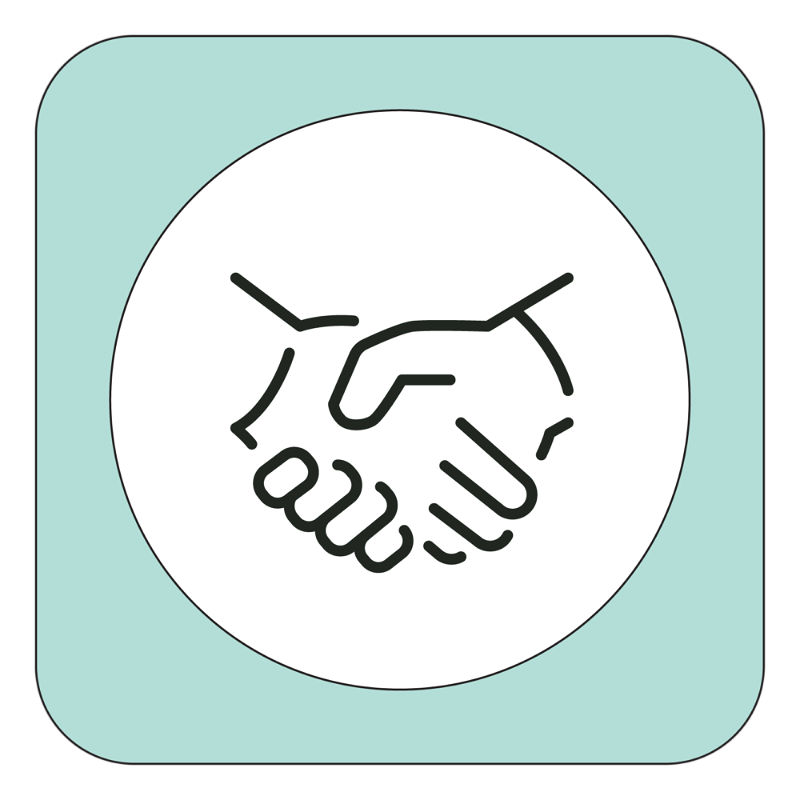
Work-Based Learning
Work-based learning is an approach to education and training in which a student completes meaningful job tasks in a workplace that develops readiness for work, knowledge, and skills that support entry or advancement in a career.
- Supporting statewide scale: Washington launched the Career Connect Washington initiative to expand work-based learning across the state.
- Building youth apprenticeship programs: Delaware, North Carolina, and Georgia are serving youth apprentices statewide.
- Leveraging summer youth employment programs: New York City has created new work-based learning opportunities by better connecting its summer youth employment program to pathways.
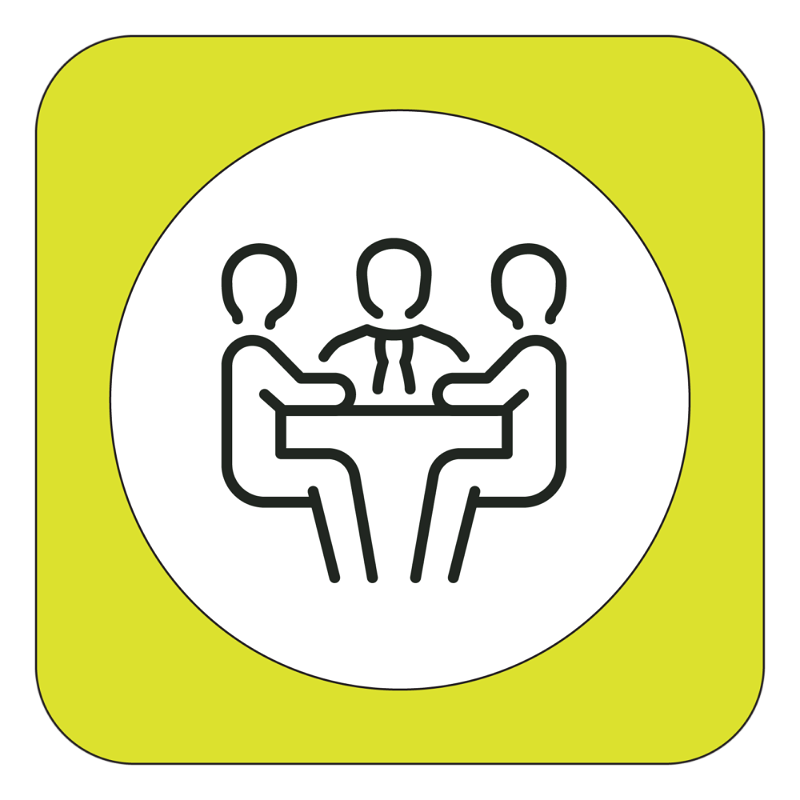
Intermediaries
An intermediary is an organization, or a collaboration of several organizations, that supports the effective and efficient design and implementation of pathways through the development and sustainability of cross-sector partnerships.
- Building new intermediaries: Delaware, Long Beach, California, and Northwest Ohio built new intermediary organizations and functions to support their pathways work.
- Investing in intermediaries: California supports regional intermediaries through its K12 Strong Workforce Program; Hawai’i is supporting a network of work-based learning intermediaries; Texas is making a significant investment in regional conveners who play an intermediary role in the Texas Regional Pathways Network; and Washington is funding intermediaries via Career Connect Washington.
- Supporting intermediary networks: Hawai’i, Illinois, and Texas support intermediaries via statewide peer-learning networks.
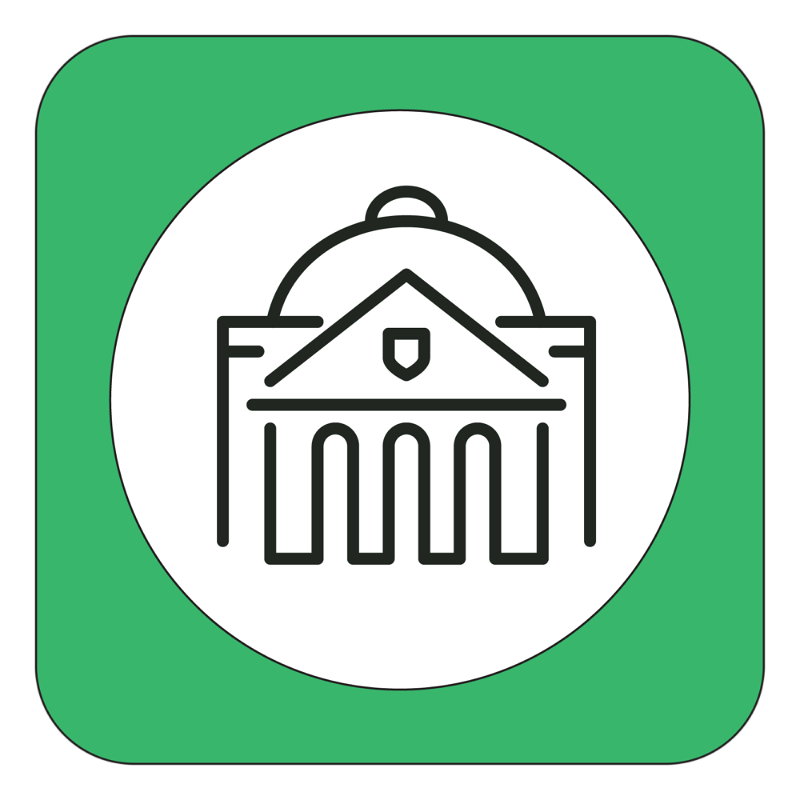
Leadership and Policy
Cross-sector leaders—from secondary and postsecondary education, industry, workforce development, and state and local government—develop a shared vision of high-quality pathways and take collective responsibility for their design and implementation.
- Strategic planning by leaders across sectors: Delaware brought together a cross-sector leadership team to draft a strategic plan to guide statewide pathways work, and leaders in New York City developed the CareerReady NYC framework.
- Collaborating across state agencies: The Illinois Postsecondary and Workforce Readiness Act supports cross-agency collaboration on pathways development, while the Tri-Agency Workforce Initiative in Texas brings together the Texas Education Agency, Higher Education Coordinating Board, and Workforce Commission to drive alignment across the state’s K-12, postsecondary, and workforce systems.
As we look ahead, the five PtoP levers remain a guide, but figuring out how to make greater progress on each lever requires bold new thinking—especially about work-based learning and career navigation systems, two levers that can be important drivers of equity and where we have a long way to go to achieve scale. And both require strong collaboration and partnership with employers, which requires support from intermediaries, a third lever on which we also need to focus our efforts.
The Coalition and the Road Ahead
Beyond our continued work on these levers, the next 10 years of our collective work will require:
An experimental frame of mind: An openness to experimentation, innovation, and iteration will push the field to develop novel solutions to the challenges the coalition faces in the coming years.
Systems thinking and systems change: A shift away from programmatic thinking and toward redesigning systems will evolve the field toward its next best state. This includes an emphasis on new incentive and accountability structures, governance models, and staffing at local, regional, state, and federal levels.
Greater leadership by colleges in the college and career pathways movement: Leadership from colleges—the institutions strategically linking high schools, career preparation, and employers—will drive pathways design, support connections across key stakeholders, and help drive good and equitable labor market outcomes for all.
This will be a road we make by walking together. We look forward to continuing this conversation with you in the months ahead.
Stay Connected; Get Involved
- Sign up to receive updates about the PtoP Coalition, related events, and how you can get involvd.
- To reach out and learn more about the benefits of formally joining the PtoP Network, click here.
Related Content

Pathways to Prosperity
We are boldly reimagining how U.S. education and workforce systems meet state and regional talent needs and prepare young people for careers. We are boldly reimagining how U.S. education and workforce systems meet state and…

Lone Star STEM
Lone Star STEM supports the implementation of college and career pathways in computer science and cybersecurity to develop a diverse talent pipeline of future tech workers. Lone Star STEM supports the implementation of college and…

Pathways to Prosperity Framework
Pathways to Prosperity Framework JFF’s Pathways to Prosperity Network is boldly reimagining how U.S. education and workforce systems meet state and regional talent needs and prepare young people for careers. The Pathways to Prosperity Framework…

Building Equitable Pathways
Building Equitable Pathways is a community of practice working to create equitable pathways systems so that more Black and Latinx youth and young people experiencing poverty succeed in college and their future careers. Building Equitable…